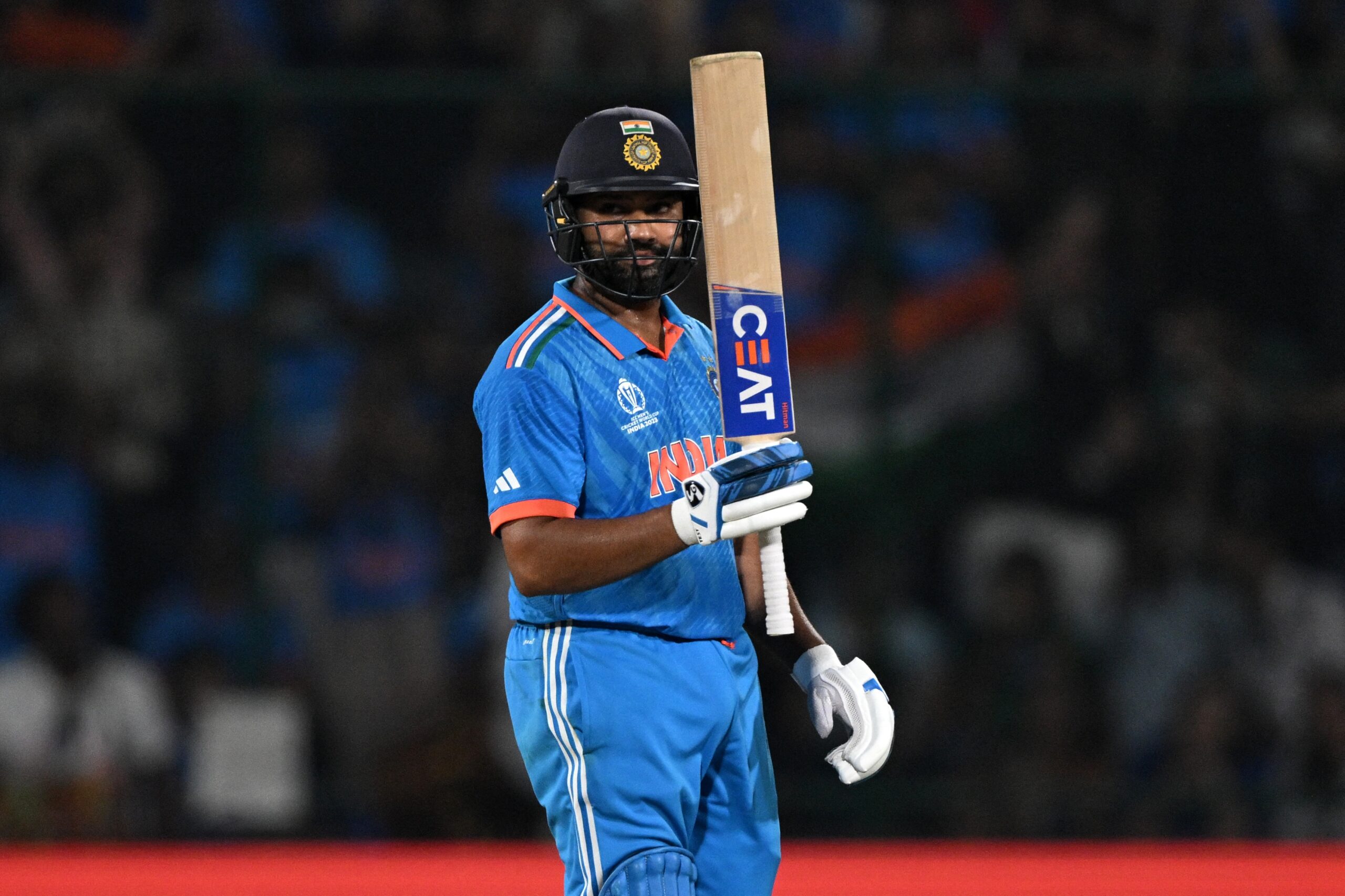Indian cricket team skipper Rohit Sharma added another humongous milestone to his already illustrious career with a scintillating century against Afghanistan in the Cricket World Cup 2023 on Wednesday. The veteran batter looked in tremendous touch as he dominated the Afghanistan bowlers and was able to complete his ton in just 63 deliveries. It was the fastest century by an Indian batter in Cricket World Cup history and he broke the record belonging to legendary all-rounder Kapil Dev who slammed a 72-ball century against Zimbabwe in a 1983 World game that is etched in history books.
Fastest hundreds in World Cups (by balls faced)
49 – Aiden Markram (SA) vs SL, Delhi, 2023
50 – Kevin O’Brien (IRE) vs ENG, Bengaluru, 2011
51 – Glenn Maxwell (AUS) vs SL, Sydney, 2015
52 – AB de Villiers (SA) vs WI, Sydney, 2015
57 – Eoin Morgan (ENG) vs AFG, Manchester, 2019
63 – Rohit Sharma vs AFG, Delhi, 2023
Overall, this was the fifth fastest century by an Indian batter in ODI history.
Fastest ODI hundreds for India (by balls faced)
52 – Virat Kohli vs AUS, Jaipur, 2013
60 – Virender Sehwag vs NZ, Hamilton, 2009
61 – Virat Kohli vs AUS, Nagpur, 2013
62 – Mohammad Azharuddin vs NZ, Baroda, 1988
63 – Rohit Sharma vs AFG, Delhi, 2023
Skipper Hashmatullah Shahidi and Azmatullah Omarzai hit half-centuries as Afghanistan reached 272-8 against hosts India in their World Cup clash on Wednesday.
Afghanistan elected to bat first at New Delhi’s Arun Jaitley Stadium which witnessed a World Cup record 754 runs scored in the previous match when South Africa posted 428 and defeated Sri Lanka.
The ground was a sea blue with nearly all of the 40,000 seats taken, many in anticipation of a big contribution by superstar cricketer and Delhi-born Virat Kohli.
But at the end of the Afghanistan innings it was pace spearhead Jasprit Bumrah who stood out for the home side with his best World Cup bowling figures of 4-39. Afghanistan slipped to 63-3 before Shahidi (80) and Omarzai (62) put on 121 runs to help Afghanistan recover.
(With AFP inputs)
Topics mentioned in this article















